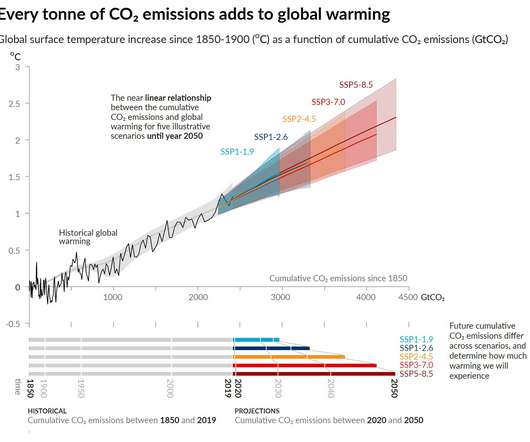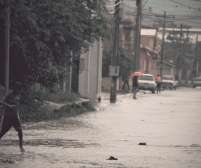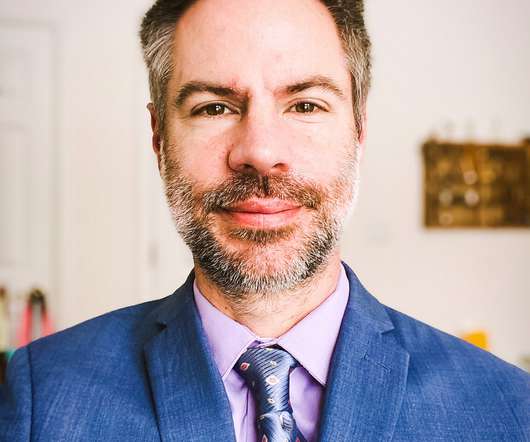A deep dive into the IPCC’s updated carbon budget numbers
Real Climate
AUGUST 12, 2021
In the 2018 IPCC Special Report on Global Warming of 1.5°C in 2018, but they represent a significant update since AR5 in 2013. Source: Data from IPCC (2014), Rogelj et al (2018), and IPCC (2021). Source: Data from IPCC (2014), Rogelj et al (2018), and IPCC (2021). C warming estimate between 1850-1900 and 2006-2015.













Let's personalize your content